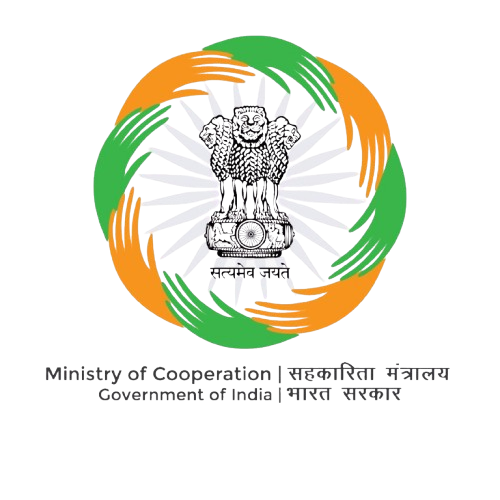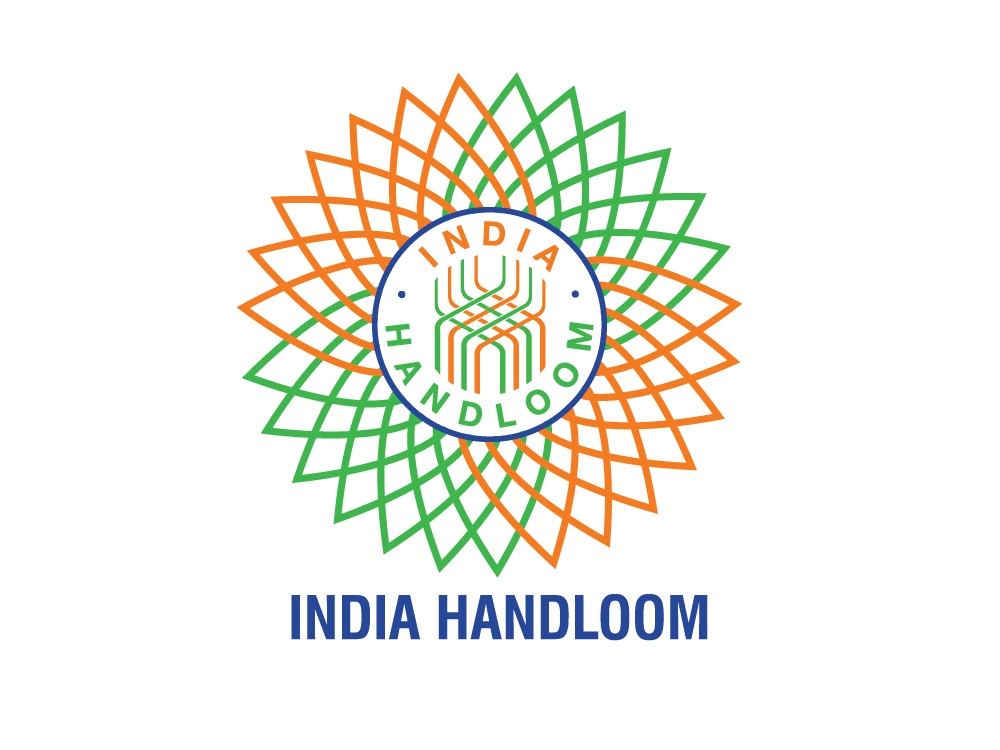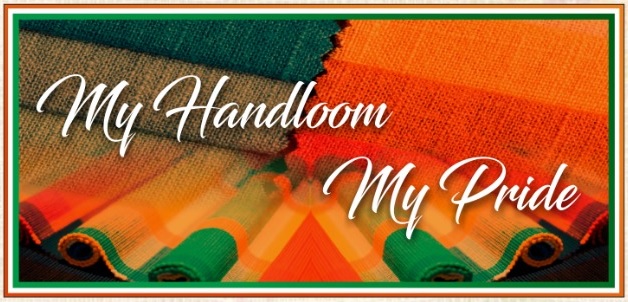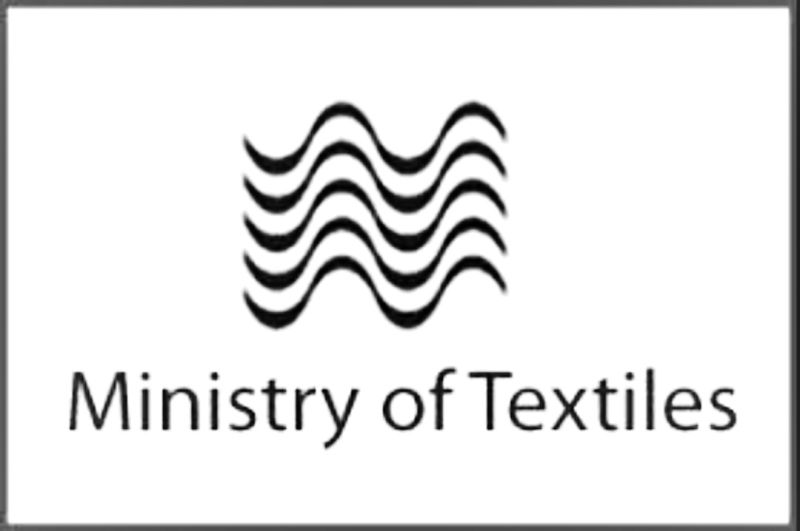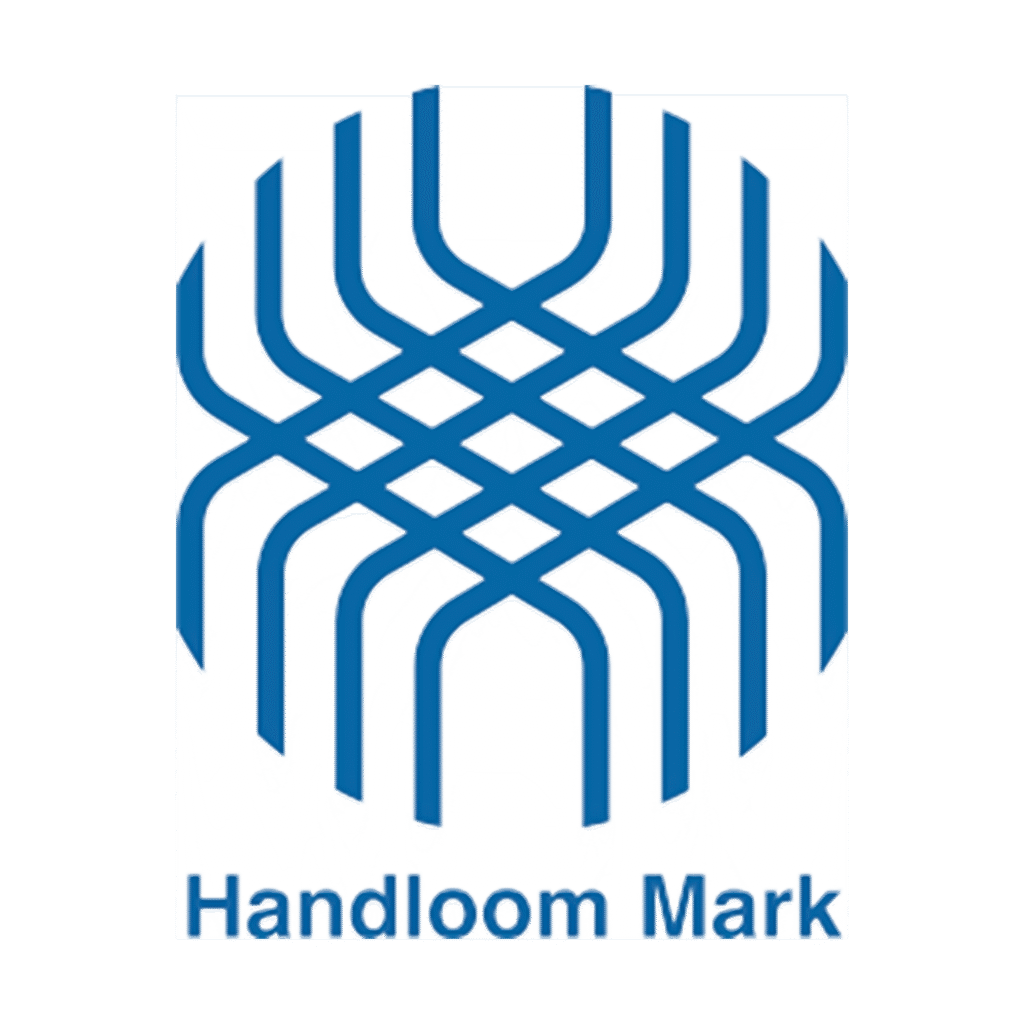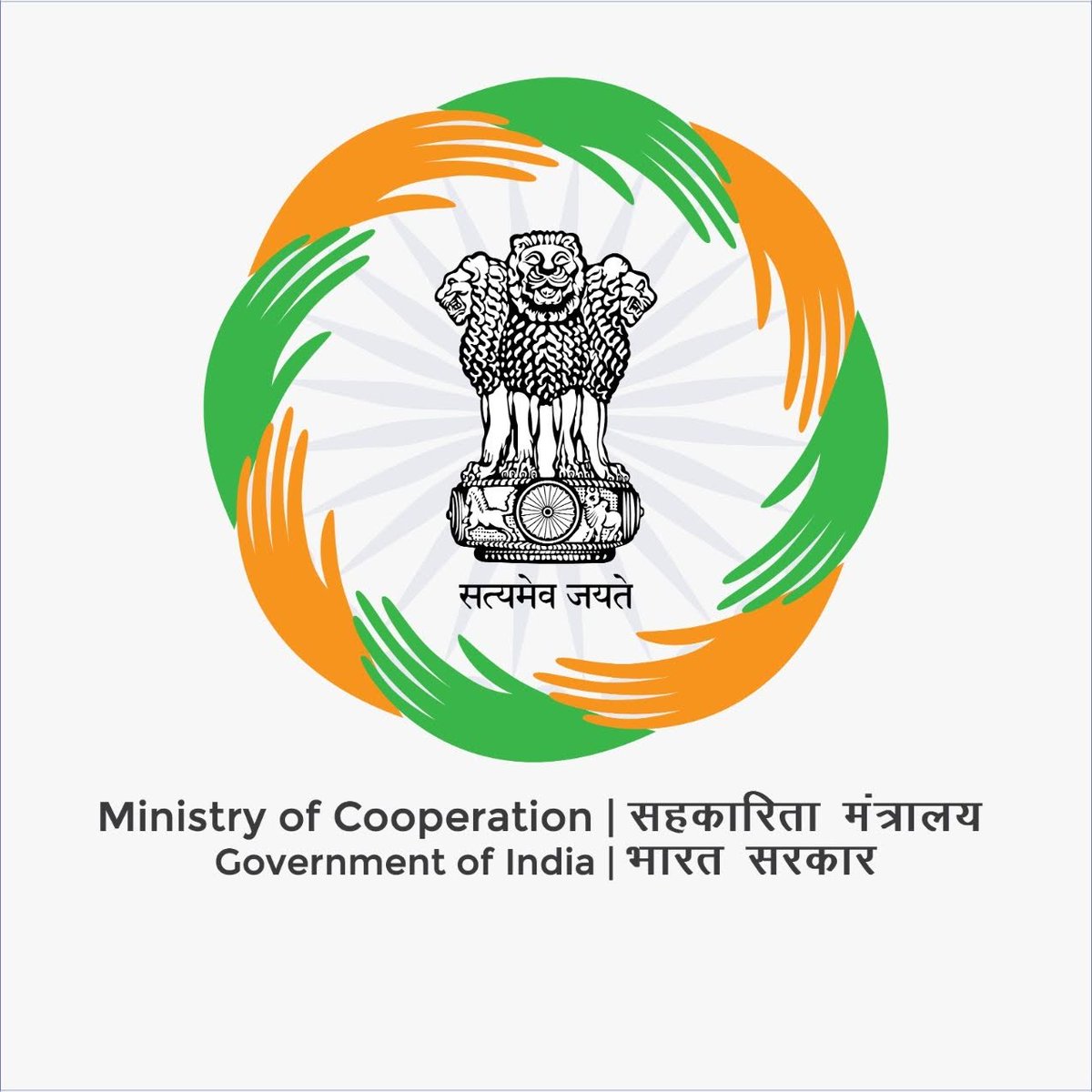ABOUT US
About Apex Handloom
The Manipur Apex Handloom Weavers and Handicrafts Artisans’ Co-operative Society Ltd. (AWAS), based in Imphal, is a prominent organization dedicated to promoting and marketing traditional handloom and handicraft products from Manipur.
Key Functions:- Production & Trade: Specializes in handloom items like bed sheets, stoles, and eco-friendly handicrafts including bamboo products.
- Employment Generation: Provides livelihood opportunities to numerous artisans and weavers, especially women, who are traditionally the backbone of Manipur’s handloom sector.
- Cultural Preservation: Plays a vital role in sustaining indigenous weaving techniques and designs, contributing to the cultural and economic fabric of the region.
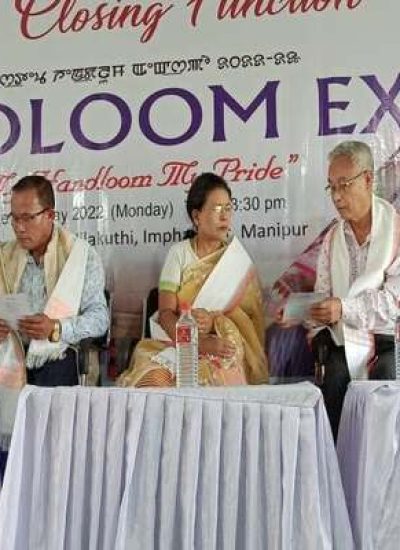
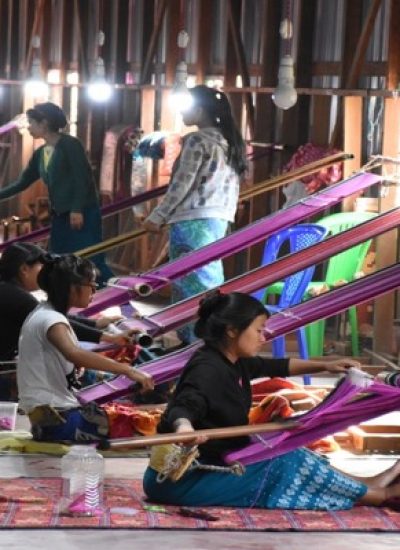
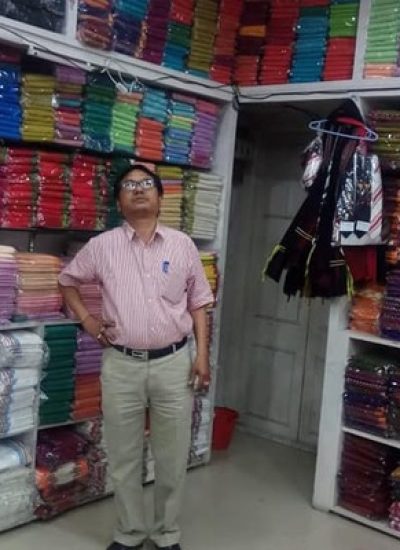
The Manipur Apex Handloom Weavers and Handicrafts Artisans’ Co-operative Society Ltd. (AWAS) offers a beautiful range of products that reflect the rich textile heritage and craftsmanship of Manipur.
Here are some of AWAS most popular offerings: 🧶 Popular Handloom Products- Handloom Bed Sheets: Known for vibrant colors and traditional motifs, often woven in cotton or silk blends.
- Stoles & Shawls: Lightweight, elegant pieces featuring intricate tribal patterns and natural dyes.
- Traditional Wraps (Phanek): A signature garment worn by Manipuri women, often handwoven with symbolic designs.
- Eco-Friendly Bamboo Products: Includes baskets, mats, and decorative items crafted from locally sourced bamboo.
- Handcrafted Decor: Items like wall hangings, lampshades, and utility boxes made using sustainable materials.
- Wood Carvings & Cane Work: Artisanal pieces that blend utility with aesthetic appeal.
🧵 Traditional Weaving Techniques in Manipur
Loin Loom (Backstrap Loom)
- Used predominantly by tribal communities.
- One end of the loom is tied to a fixed structure (like a wall or pole), and the other to the weaver’s waist.
- Allows for intricate control and is ideal for narrow-width textiles like phaneks and shawls.
- Designs often carry symbolic meanings—e.g., snake motifs for royalty or temple borders for ceremonial wear.
Throw Shuttle Loom
- A manually operated loom where the shuttle is thrown across the warp by hand.
- Common in household weaving setups.
Fly Shuttle Loom
- A more advanced version of the throw shuttle, allowing faster weaving.
- Used for commercial-scale production.
- Suitable for wider fabrics like bed sheets and saris.
Design & Motif Techniques
Cultural Significance
- Saphee-Lanphee: A fusion of weaving and embroidery, once considered a status symbol.
- Moirang Phee: Features triangular temple motifs along the border.
- Wangkhei Phee: A traditional, delicate, and often transparent textile fabric, typically made of fine white cotton. Historically first woven for the royal family in the Wangkhei area of Manipur.
- Lasing Phee: A quilted cotton textile used for warmth in winter.
- Natural Dyeing: Colors derived from wild indigo, jungle bark, and other plant sources, giving textiles vibrant yet earthy tones.
Cultural Significance
- Every girl traditionally learns to weave; looms are part of her dowry.
- Weaving is often linked to rituals, legends, and social status.
- Many motifs are reserved for specific occasions—e.g., Hijamayak (boat form) is used in death ceremonies.
